As camera club members, we’re used to looking at certain kinds of photographs – dramatic landscapes, grandchildren’s faces, beautiful flowers, a grizzly bear catching a salmon, architectural exteriors, and the occasional abstract. However, there are other avenues of photography that we rarely explore. For example, we don’t pursue photojournalism, with its heart-wrenching views of wars, starvation, the underclass, or environmental degradation. Another photographic path we seldom take is the art photography shown in galleries, such as Multiple Exposures in the Torpedo Factory.
Our speaker this month, Michael Borek (website), will take us down that path. Some of his images he describes as “multi-layered, absurd, surreal.” Many are strange, with cerebral overtones. Often, they seem to reveal a particularly Eastern European slant. But they are always haunting.
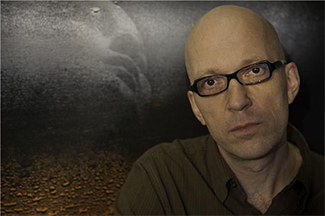 A photographer and freelance interpreter now based in Bethesda, MD, Michael Borek is originally from Prague, Czech Republic. Only after graduating from the School of Economics in the 1980s, did he realize that he did not want to work as an economist under the old regime. Instead, he took a job as a night watchman, while attending intensive English courses during the day. After passing the required exams, he started working as a freelance interpreter, which gave him more flexibility to pursue his interests. One of them, photography, stayed with him all of his life, and later turned into his second career.
A photographer and freelance interpreter now based in Bethesda, MD, Michael Borek is originally from Prague, Czech Republic. Only after graduating from the School of Economics in the 1980s, did he realize that he did not want to work as an economist under the old regime. Instead, he took a job as a night watchman, while attending intensive English courses during the day. After passing the required exams, he started working as a freelance interpreter, which gave him more flexibility to pursue his interests. One of them, photography, stayed with him all of his life, and later turned into his second career.
Borek grew up in what he describes as “newly created, cheerless urban landscapes.” He found these constructions depressing and was instead drawn to older buildings. That these old structures were dilapidated and deteriorating only added to their appeal. After he moved to the United States in 1992, Borek continued to be fascinated by the “visual archeology” of urban decay, and the suggestion that things are not as they seem.
In 2006, Borek became a member of the Multiple Exposures Gallery in the Torpedo Factory in Alexandria, Virginia, and he started showing his photographs. In 2008, he had a solo exhibition at the Czech Embassy in Washington, DC, and, in 2009, he was a featured artist in the Rayko Gallery in San Francisco. During the last five years, his photographs from the abandoned lace factory in Scranton, Pennsylvania, were selected for juried shows by curators from the Corcoran, Whitney, Hirshhorn, Getty, and Phillips museums, and one of them won second prize in the fine art category of the international competition of FotoWeek DC in Washington, DC.
Borek’s Scranton Lace project was also covered by New York Times and Daily Mail. In 2011, one of Borek’s solo exhibitions featuring his works from this portfolio was ranked as one of the ten best photography exhibitions in Washington, DC, by photography critic Louis Jacobson. In 2012, the Maryland State Arts Council awarded Borek an Individual Artist Award and Grant. In 2013, the US Embassy in the Czech Republic presented a solo retrospective exhibition of Borek’s photography at the American Center in Prague, and in May 2014 this exhibition was shown in Pilsen, Czech Republic.
In June 2014 Borek had a solo exhibition at the Czech Embassy in Washington, DC, as a part of celebration of 90th anniversary of death of Franz Kafka. In 2015, Borek’s photo from his new series Treachery of Images won first prize in FotoWeek DC competiton Places of DC. In July 2015, Borek had his first solo exhibition in New York City at the BBLA Gallery in the Bohemian National Hall where he presented his project What Would Sudek Do?

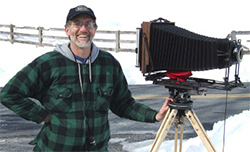
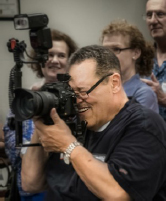 When he was still in high school, Bob discovered photography and bought a contact printer for 620 film. That was the beginning. His first 35mm camera was a Vivitar; his next was a Pentax Spotmatic. Today, Bob shoots Nikon and has enough bodies, lenses, filters, lighting equipment, and accessories – not to mention computers and back-up storage devices – to fill a couple of large closets.
When he was still in high school, Bob discovered photography and bought a contact printer for 620 film. That was the beginning. His first 35mm camera was a Vivitar; his next was a Pentax Spotmatic. Today, Bob shoots Nikon and has enough bodies, lenses, filters, lighting equipment, and accessories – not to mention computers and back-up storage devices – to fill a couple of large closets.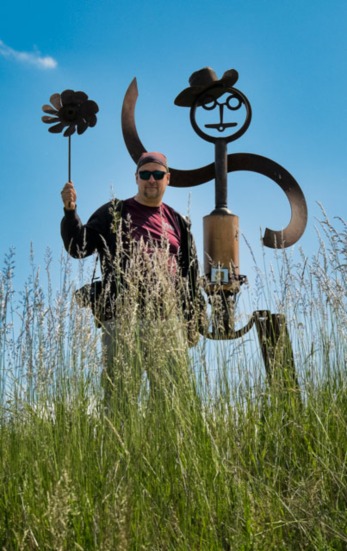
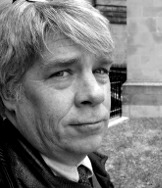
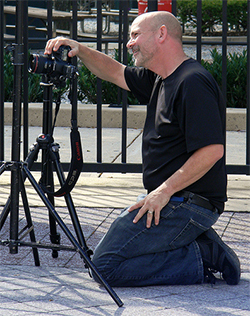 I’ve lit 737’s for US Airways (the whole plane) and other parts for AAA. I know what it is to solve big hassle problems on the fly, where to put a light, how to put a light, how to talk to the cop that needs validation.
I’ve lit 737’s for US Airways (the whole plane) and other parts for AAA. I know what it is to solve big hassle problems on the fly, where to put a light, how to put a light, how to talk to the cop that needs validation.